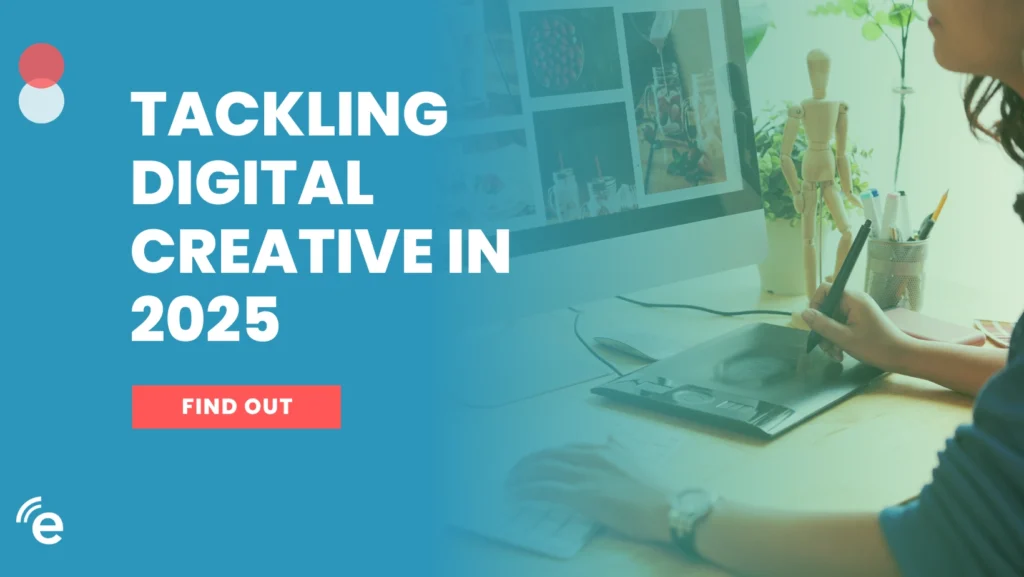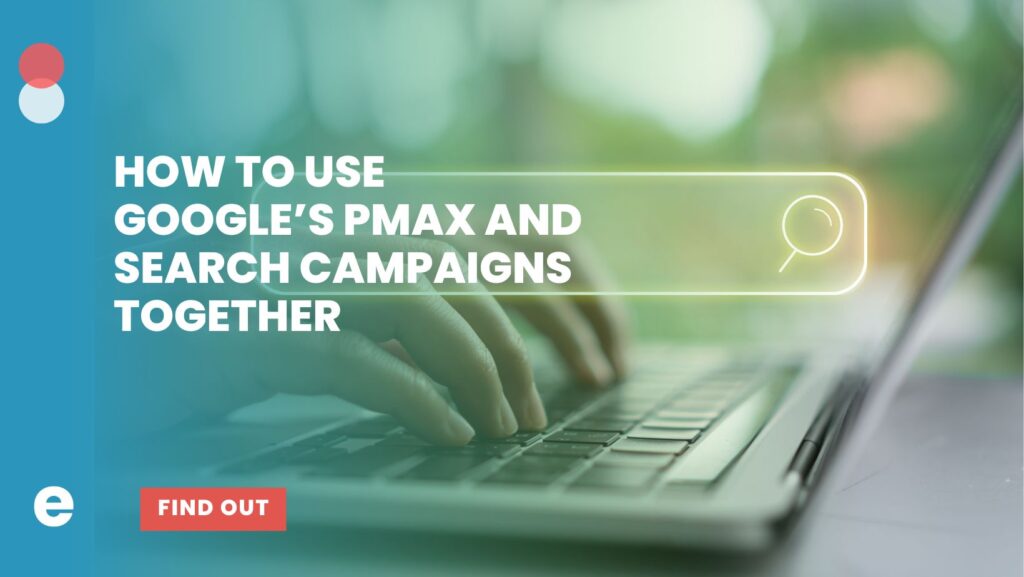Traditional social media platforms were built on the premise of sharing, and we’ve seen many businesses benefit from this. But in this day and age, it’s become increasingly difficult to stand out online with so much competition for attention. With the rise of social media platforms focused on short-form video this has brought about the basis for video marketing as a great way to reach your audience and tell your story!
Video marketing has been proven as one of the most effective ways to generate leads for businesses because people are more likely to share videos than text-based content or images. Plus, you’ll be able to provide more information about what you do without having your message get lost in translation like it may through other forms of communication.
Introduction to the Rise of Social Media Video
Traditional social media platforms were designed around sharing static images rather than audio or video. Early on, marketers could use Facebook timelines, Instagram grids, and Twitter allowed pictures to go with tweets to enhance user posts. However, because of the popularity of short-form videos, almost every platform is attempting to figure out how best to capitalize on this change in consumer demand for short, quick videos to maximize engagement.
With platforms like TikTok and YouTube seeing significant growth and high levels of interaction, the other social media sites are rolling out various video choices to provide user-focused solutions to remain competitive as platforms in the growing social video sharing space. The surge of online video and the adoption of social-sharing creates a massive upside for online marketing growth and potential for businesses ready and willing to tackle this new venture with a qualified marketing partner and data-driven strategy to guide a video-based marketing campaign.
TikTok Sees Meteoric Rise Due to Short-form Video Creation
As of July 2021, TikTok is the first non-Facebook-owned app to have 3 billion installs. Since experiencing a massive boom in 2021, TikTok has become the adversary to overcome for other platforms, having overtaken short video app Musical.ly as the second-largest short video app on the market. In addition, many social media sites adopting the short-form video format by introducing Shorts (YouTube), Fleets (Twitter), or Reels demonstrates the new focus and importance of this medium.
- Spending more money will help TikTok continue to grow since both Facebook and YouTube have been attempting to improve their creator monetization tools to entice big stars away from TikTok.
- TikTok needs to be able to offer creators more value than competitors to survive. While size still favors the more prominent players (for now), if it can’t figure out how to match up, its most famous creators could decide to migrate to greener pastures and take their audiences with them.
- Because it didn’t have a monetization strategy, as with Vine, TikTok is doing everything to improve its eCommerce solutions and enable more brand/creator partnerships.
- It’s not easy, but it is doable. Snapchat launched a direct-to-consumer service for this function, paying out $1 million a day to the top Spotlight videos (which subsequently decreased to millions per month). Recently, Facebook announced a $1 billion creator fund to provide additional incentives for its apps.
- TikTok can’t spend as much as Facebook, but its success will rely on establishing a lasting ecosystem for creators through these features.
Instagram Doesn’t Plan to Lose Ground in Social Video Landscape
Instagram initially began as a photo-sharing site, but it has committed to competing with TikTok and prioritizing videos over photographs. Earlier this summer, Instagram director Adam Mosseri announced on Wednesday that the platform is preparing to pivot and shift toward short-form videos, a popular format with younger audiences. Mosseri added that the social media giant has plans to test new approaches, such as recommending full-screen videos in users’ feeds even if they don’t follow the account. In addition, Instagram previously hinted that the platform would add ‘Exclusive Stories’ as a new means of monetization for the platform. Instagram would make these stories only available to the creators’ subscribers while also disabling the possibility of taking screenshots.
Reddit Ready to Capitalize on Short-form Video
Even Reddit appears interested in expanding its video options as it tests a new TikTok-like video feed. With the rise in popularity of short video clips on platforms like TikTok, Reddit wants to leverage its TikTok-style feed of brief video pieces focused on topics relevant to the subreddits that users follow in the app. Although there is no distinct short video camera on Reddit, it will utilize the videos that people have already uploaded in their regular posts, which are generally relatively brief and align with the platform’s current usage.
YouTube has taken this same approach with Shorts. However, rather than focusing on custom-made Shorts videos, YouTube already has an extensive collection of short films that it may use to populate its Shorts system. By utilizing massive amounts of existing video assets, YouTube has focused on short-form video viewing as part of a natural shift taking place among viewers.
LinkedIn Joins the Business of Short-form Video Content Creation
According to LinkedIn, 20 times more individuals share a video on the site than any other sort of post. As a result, over time, response rates for LinkedIn’s video advertising services have been increasing. As a result of all these factors, marketers have more incentive than ever to promote their goods and services on LinkedIn. As companies ramp up efforts to connect with the key decision-makers, the company’s overall ad business is also seeing record levels of demand.
LinkedIn collaborated with Digitizer to examine more than 3500 ads through machine learning and human review to determine essential components of effective video ad performance. As a result of these efforts, LinkedIn composed four key recommendations for your video advertising based on this:
- Show a product demo and test an offer
- Use motion graphics and animated video for your ad
- Use captions and simply audio using a single source
- Short copy and a CTA button result in the highest engagement
LinkedIn has updated iOS and Android versions of the app to include a native video meeting option, allowing for greater user connection. LinkedIn rolled out a new, native video option within its messaging platform in late July without much fanfare. This new LinkedIn feature is just another way to connect users without downloading a separate video app.
LinkedIn’s native video chat interface will make it simpler to connect in the moment to increase your conversation. While also displaying LinkedIn-specific profile information at the bottom of each user’s video screen, which provides additional context about who’s talking based on their LinkedIn profile bio. LinkedIn is also looking to aid in the connection of video, with new prompts that will be activated during your chat when you use relevant phrases in your message, such as ‘ready for our video meeting?’ LinkedIn is also adding new features to its video conversations, including:
- Email calendar integration to send both attendees a reminder
- Integrated chat messaging while in a video conversation
- Virtual backgrounds
- Screen sharing
Make the Most of Online Marketing Through Short-form Social Media Video
- Pay attention to any updates or news releases from the platforms you or your company use: Subscribing to newsletters from your favorite platforms and, of course, following them on social media will help you stay ahead of the trends and your competition. This allows you to receive updates from the platforms as soon as they are made available.
- Be an early adapter: When social media platforms introduce new ad types and features, you can be confident that they will adjust their algorithm to prioritize them. For example, major updates like Reels from Instagram indicate the direction the company is moving. Companies like Facebook put in a lot of time, research & human capital to bring new features, such as these, to market. If you learn how to leverage them early, it gives you a leg up once “the crowd” begins to adopt at a later point in time.
Which platform[s] and what type[s] of video solution is best for your organization’s online marketing?
Not sure where to begin? All of the major social media platforms have various ways you can utilize video content. If you’re already on one of these platforms, start by testing a single video option and measure how it impacts your engagement over time or compares to previous results generated by static content. Next, consider a/b testing video content and short copy across platforms to discover where your audience seems most willing to engage and build from there.
- Facebook – The original viral social media platform supports video ads, can upload videos, Livestream, share stories
- Instagram – previously an image first platform, IG now offers stories, reels, video ads, in-feed video, live streams, and IGTV
- TikTok – TikTok was founded on the premise of sharing short, catchy videos that are less edited than, say, a YouTube video. The entire feed on TikTok consists of videos. You have various options to promote video ads and share video content in-feed or to a personal profile. TikTok’s primary audience is Gen Z.
- Snapchat – Also catered to younger audiences, primarily Gen Z and young millennials, Snapchat can share videos to friends and advertise via multiple video ad formats.
- LinkedIn – Catered towards the business-minded, LinkedIn allows for in-feed video promotion, live videos, video ads, and just launched video meeting rooms.
- YouTube – Male-dominated YouTube is home to long-form videos. While you can upload shorter videos, longer-form content prevails. Because of YouTube’s video-first approach, you can share video ads of various lengths. YouTube also supports live streams.
- Twitter – An excellent source for breaking news, Twitter allows you to record, edit and share videos from the app. You can even upload videos from your device, go live, and promote video ads.
What we know about the consumer-side of video marketing:
- The average consumer spends 16 hours a week watching online videos, a 52% increase in the last two years.
- Social video results in 1200% more shares than text and image content combined.
- Viewers retain 95% of video messaging compared to only 10% when reading.
- 96% of consumers have watched an explainer video to learn more about a product or service.
- Consumers who come to an e-commerce site through a user-generated video are 184% more likely to buy, and spend increases by 45%.
- Users are more prone to click a search result with a video thumbnail next to it than one without. According to Google, users that see a video thumbnail next to a search result are 26% more likely to click on that listing.
- 6-10 seconds is the optimum length for video advertising.
- Branded social videos result in 64% of consumers making a purchase.
- However, do not assume this signals the death of social media or blogging! Long-form blogs and social media content are critical for SEO and reputation in any digital marketing strategy.
What we know about the business-side of social- and online video marketing:
- 51% of marketers worldwide believe that video in the form of content with the highest ROI.
- In 2021, the most popular marketing videos are explainer films (72%), presentation videos (49%), testimonial videos (48%), and sales and advertising videos (42%).
- Video marketers produce revenue 49 percent faster than non-video users.
- Video boosts conversion rates by 34% for marketers who include it in their campaigns.
- Shoppable video is outperforming display advertising in terms of conversion and click-through rates.
- According to DigitasLabs, video has helped marketers generate leads by a staggering 89%.
- 87% of video marketers report a positive ROI from video.
Why is Video Important for the Future of Business and Online Marketing Strategies?
Why is video important? With the growth of video content and the social media platforms altering their algorithms to favor video, this is something that all marketers will want to take advantage of for both organic and paid content. If businesses continue to focus solely on static imagery, they will get left in the dust! The results will mean companies that do not implement video will see their reach suffer, and their engagement will diminish.
Lack of video content combined with iOS 14 could have wide-reaching effects on a business’s bottom line. The bottom line is that video is the present and future of online marketing for maximum engagement across social media platforms. Partner with Enilon to create a relevant and compelling online video marketing strategy to propel your growth in this critical and growing aspect of advertising.


